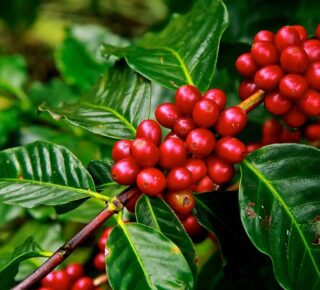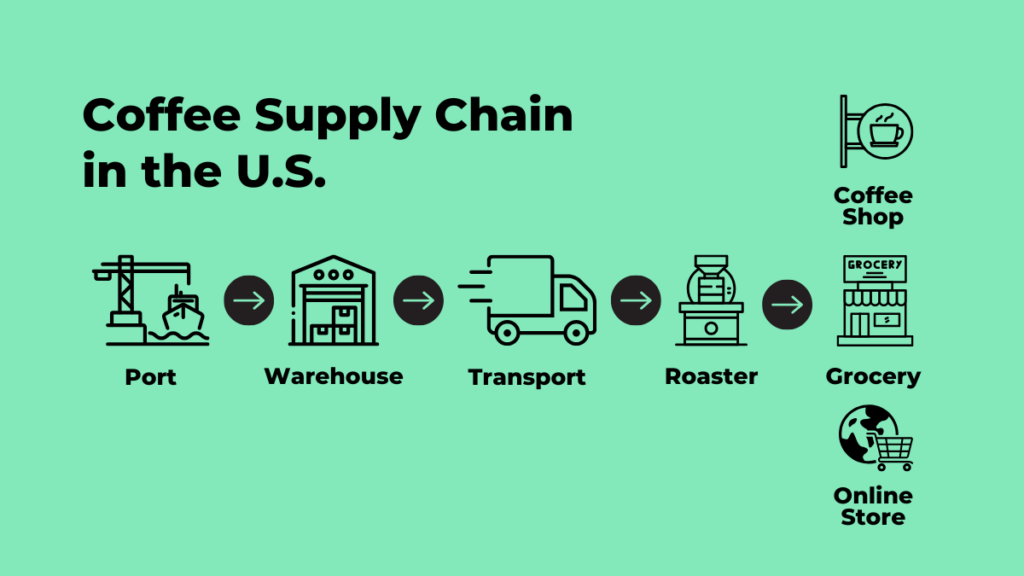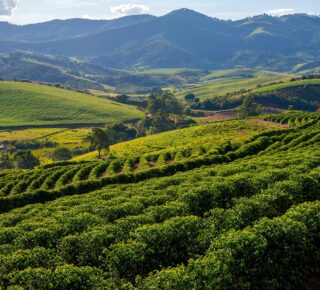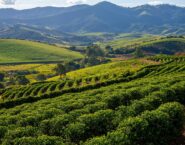
Coffee is an important part of Americans’ daily lives. In fact, 66% of American adults drink coffee each day (compare that to the 10% of U.S. adults who eat eggs daily) and more than 70% of American adults drink coffee each week—making coffee America’s favorite beverage (other than bottled water).
Over 99% of the coffee we drink is imported—and those coffee imports not only keep American coffee drinkers happy, they fuel an enormous U.S. “coffee economy” by supporting businesses, jobs, taxes, and economic activity all across the country.
Sippable Fact
Americans spend more than $100 billion on coffee every year, supporting nearly 2.2 million U.S. jobs, adding more than $343 billion to the U.S. economy every year, and generating approximately $38 billion in federal, state, and local taxes to help support communities.
Why must we import our coffee? Coffee grows on trees—trees that need rich soil, mild temperatures, regular seasonal rainfall, and shaded sun. The ideal growing conditions for the choosy coffee tree are found in more than 40 countries, mostly in a narrow climactic zone along the Equator between the Tropics of Cancer and Capricorn (25°N to 30°S).
In the United States, there are just a few places with the right conditions for growing coffee, such as Hawaii and Puerto Rico—places that can only grow a fraction of the coffee we drink each day. This is why more than 99% of America’s coffee must be imported. (Have you ever heard of “Italian,” “Turkish,” “Irish” or “Swedish” coffee? Those coffees were all grown in the tropics, too!)

Once green (unroasted) coffee arrives at ports in the United States, it is stored, transported, roasted, packed, prepared, and sold throughout the country, through businesses, large and small, all of which provide jobs and help the economy. Altogether, in addition to the jobs created, every $1 in coffee imports generates $43 of value for the U.S. economy.
Coffee is good for the U.S. economy, and it’s good for you, too! Learn about the significant health benefits associated with drinking coffee, including reduced risk of multiple cancers and chronic diseases.





